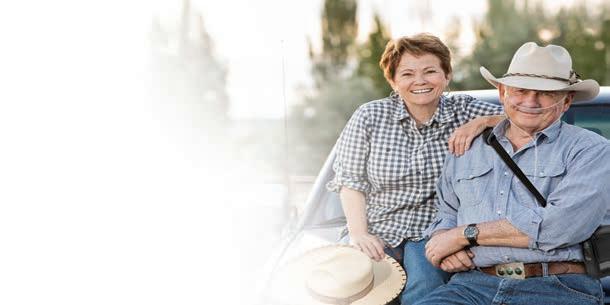
2 minute read
Gov. Polis stresses more housing is key to Colorado’s economic health
BY ELLIS ARNOLD EARNOLD@COLORADOCOMMUNITYMEDIA.COM
If lawmakers don’t act to make housing more a ordable now, “we will soon face a spiraling point of no return.” at’s what Gov. Jared Polis said in January, during his annual State of the State Address. He noted myriad problems linked to rising housing costs. time and money spent on long commutes, more air pollution, and greater economic and workforce challenges,” Polis said. Polis added that rising housing prices are “putting the dream of homeownership out of range for more and more Coloradans.”
A long line of cars outside the city of Brighton’s rapid testing site at Riverdale Regional Park. The site has had to close early many days in recent weeks due to high demand. Adams County’s 14-day test positivity rate was 15.9 percent, as of Nov. 17, according to Tri-County Health Department. Brighton and Commerce City’s test positivity rates were both higher than 13 percent. Forty- ve people in Brighton and 29 in Commerce City have died from COVID-19 related health issues. To limit the spread of COVID-19, at least 15 counties moved to tighter restrictions that prohibits indoor and personal gatherings.
People, he said, “are being forced out of their neighborhoods with no hope of ever living close to where they work.”
“ at means more tra c, lost e governor’s assessment squares with the ndings of Colorado Community Media in our four-week series exploring what many experts say is a housing crisis — one that a ects practically everyone in the Denver area. Lower-income workers are seeing larger chunks of their paychecks go to landlords. Young families can’t nd starter homes they can a ord. Retirees don’t see any attractive options for moving and downsizing, meaning their homes stay o the market, helping keep prices high.
Dhar completed medical school at the University of Bombay, India and pursued a Fellowship in Interventional Radiology. After graduating from medical school, he worked for a health insurance company as Vice President of Medical Services. He then completed his residency in Family Medicine at the University of North Dakota and the University of Hawaii.
By Ellis Arnold Colorado Community Media
As Denver metro counties continue to inch closer to local stay-at-home orders under Colorado’s system of coronavirusrelated restrictions, the state announced a new level of rules that prohibits indoor dining and personal gatherings — a change that applies to the majority of the Denver metro area and many counties in other regions.
“Just look west,” Polis said in his address. “In California, decades of poor planning has led to interruptions of drinking water and electricity for entire towns and cities, average home prices over $1 million in major cities and 16lane freeways” with “bumper-to- e state’s COVID-19 dial, which has been in e ect since September, is the set of di erent levels of restrictions that each
SEE STRESSES, P7 county is required to follow based on the severity of a county’s local virus spread. e dial grew out of the state’s safer-athome order — the policy that came a er the statewide stay-at-home order this spring and allowed numerous types of businesses to reopen.
He is Board certi ed in Family Medicine and received the Best Resident award at the completion of his program. During his residency, he worked with Native American communities through the Indian Health Service.
Dhar joined Salud in 2006, initially as a Family Physician and Clinic Director for the Salud clinic in Sterling before moving to the Salud clinic in Brighton. Dhar has served on the Peer Review Committee, the Ethics Committee, and the Credentialing e state recently switched to color identi ers — levels blue, yellow and orange rather than numbered levels — to avoid confusion. Until Nov. 17, level red meant a stay-at-home order. Now, level red — “severe risk” — is the second-




SEE NEW CHIEF, P4
Please see RESTRICTIONS, Page 2






